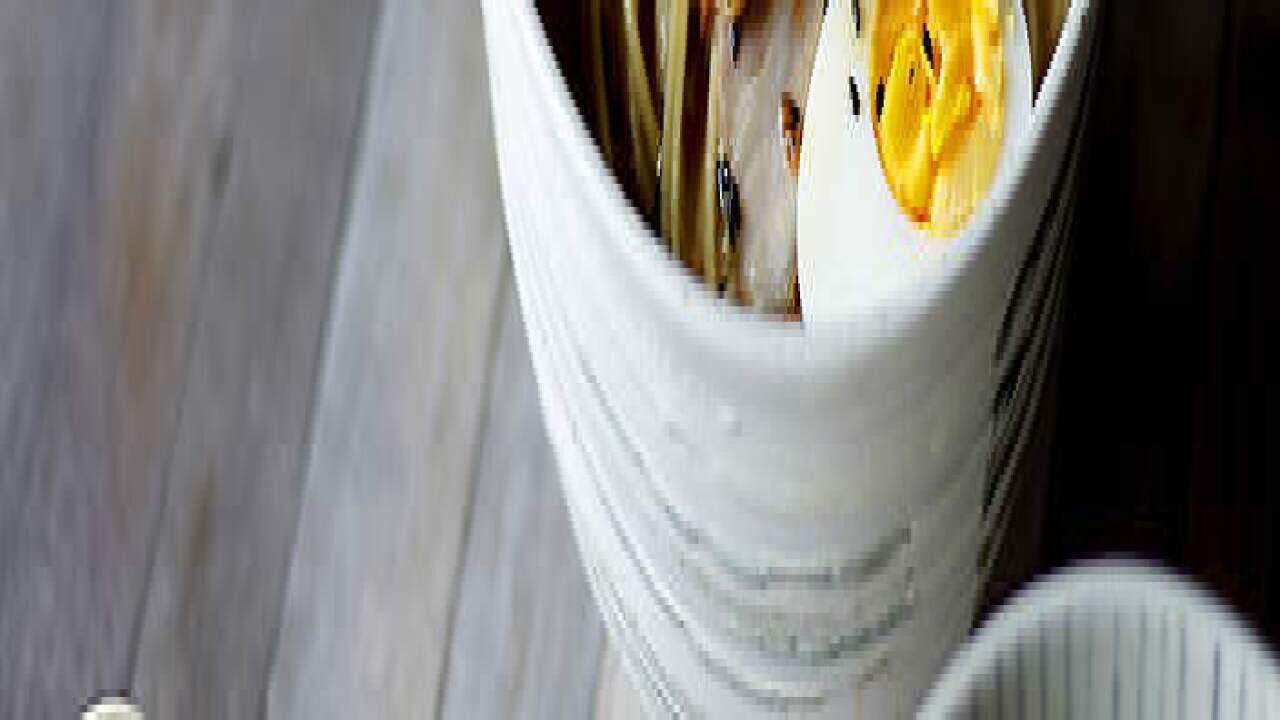We all know the feeling of sitting down at a Chinese restaurant only to be confronted with a folder as thick as a short novel. Navigating the unknown, especially when feeling indecisive and uninformed is the kind of recipe for disaster that ends with a plateful of sweet, sticky battered chicken breast and greasy rice dotted with peas and carrot cubes. Just to clarify – Chinese people in China don’t eat these things.
Here are a few tips that’ll help switch your order from honey soy chicken to and in no time. Cultural cues
Cultural cues

Embrace the culture of a shared meal. Source: Market City's 1909 Dining Precinct
Before ordering, there are a couple of things that may ease your service experience. In China, each number has a corresponding hand signal (the one for six is the same as the shaka sign) and these are often used when arriving at a restaurant to let the wait staff know how many people will be dining. It's not considered rude, and you can do this on arrival e.g. four fingers for a party of four. Same goes when you're ready to order, it's okay to hold up a hand to attract staff to take your order, as long as you are respectful (no clicking).
It's ok to hold up a hand to attract staff to take your order, as long as you are respectful (no clicking).
What kind of Chinese restaurant?
Unsurprisingly, China has a wealth of across its 23 provinces, so it’s worthwhile finding out which region the restaurant focuses on or specialty dish (e.g. Peking duck). This is best done by asking staff, or having a Mandarin or Cantonese-speaking friend tell you.
Often Chinese restaurants will choose a Western name which doesn’t translate well. For example, I was recently at a restaurant called I Love Dumplings in English whose Chinese name translated roughly to ‘Liaoning taste restaurant’ and featured a section of regional dishes from Liaoning on the menu. It also had 104 dishes on offer (including a section for Sichuan-style food) outside the manageable 10 dishes in its Liaoning section.
Pay attention to the specials
This one doesn’t always hold true, but you can use your better judgement to determine whether the specials page is either a place for meal-deals or the only page that matters. Look around the restaurant and if other tables are only eating from the specials page, you probably should too. First isn’t the worst
First isn’t the worst

Street food in Huangshan showcases the variety of dishes produced in Anhui cuisine. How many do you recognise? Source: Getty Images
As a rule of thumb, items on a menu are generally ordered from most to least recommended. If say, soup dumplings () are listed five times at the beginning of the menu and you skip three pages to beef and broccoli over rice, that’s on you.
Also, keep an eye out for stars or markers on menu items that indicate whether a dish is recommended by the restaurant itself. It goes without saying, but steer clear of any sections containing western dishes as well as dishes from outside of China like pad Thai or laksa that can creep in. These are great meals, but better enjoyed at a Thai or Malaysian eatery.
Just ask
Go to any restaurant and who will know the food second-best to the chef? The wait staff. Don’t be afraid to ask for a recommendation, and if you’re met with questions back steering you toward typical items like Hokkien noodles or sweet and sour pork, say you’d like to try some traditional Chinese dishes, or ask what their favourite item is. This is a great time to check in on the regional focus or ask any questions about translation.
Welcome the unfamiliar
Vegetables like peas and broccoli are relatively foreign to Chinese cuisine, with greens like , (Chinese broccoli), and often in place. As a blanket rule, bones in meat and (like the sticky, melting fat on ) are favoured by locals, so expect to experience something new and also don't fight it. There certainly is something in trying it once. Lead image via .
Lead image via .

Stir-fried kangkong, also known as water spinach is a popular vegetable dish. Source: PxHere
STAY IN INSTEAD

Lobster dumplings













